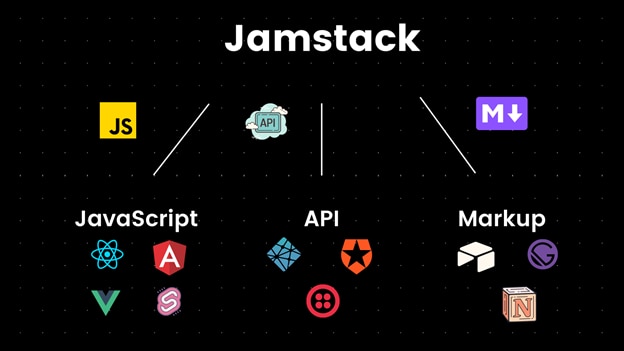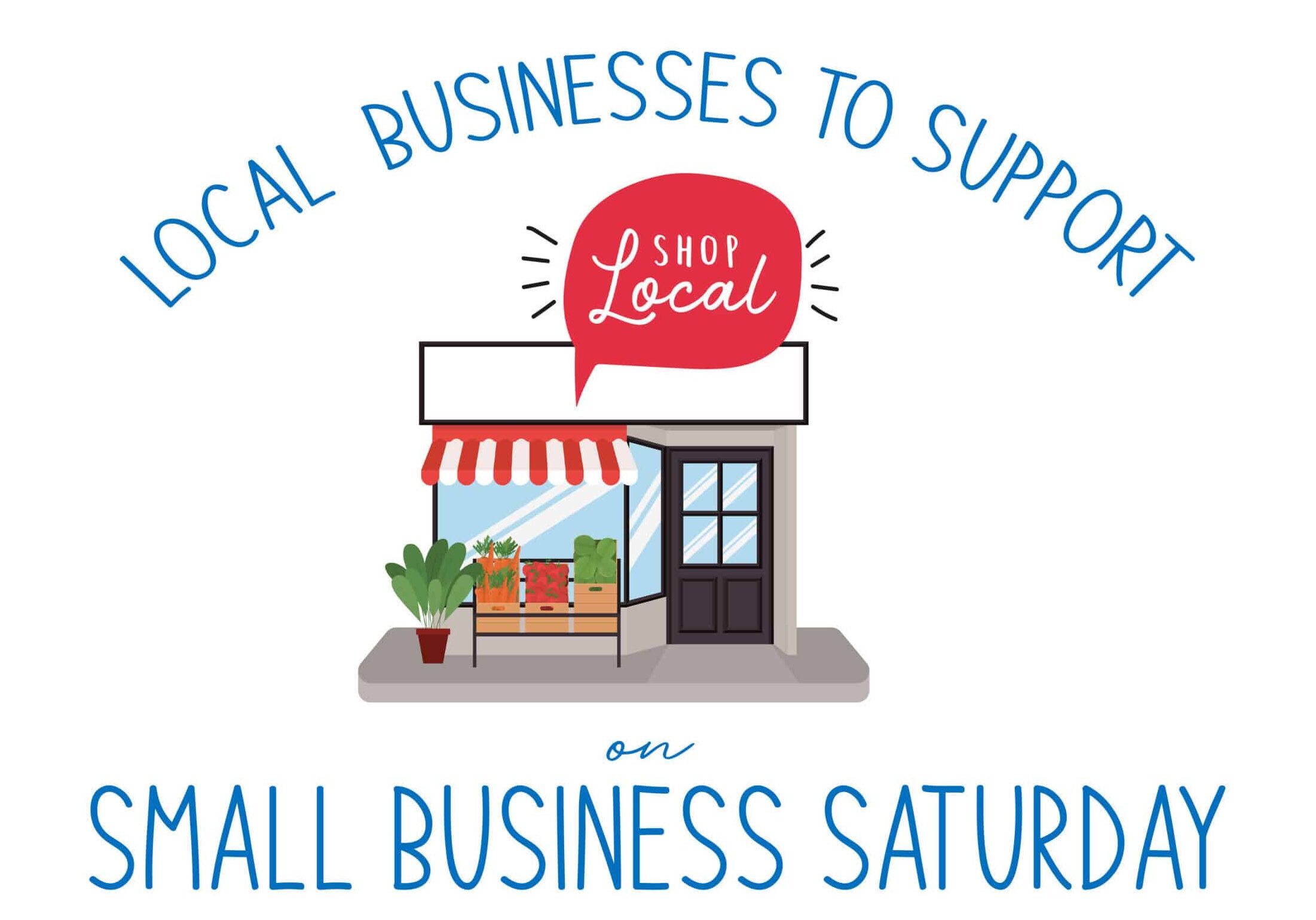Exploring Jamstack Architecture: What It Is and Why It’s Changing Web Development in 2025
New approaches are constantly emerging to improve performance, security, and scalability. One of the most talked-about architectures in recent years is Jamstack. But what exactly is Jamstack, and how can it benefit your website? Let’s break it down and explore why Jamstack might be the right choice for your next web projectstack
What is Jamstack?
Jamstack is an architecture for building websites and web applications that prioritizes performance, security, and a smooth developer experience. The name Jamstack comes from three key components:
- J: JavaScript
- A: APIs
- M: Markup
At its core, Jamstack focuses on serving pre-rendered static pages that are dynamically powered by APIs and JavaScript. In simpler terms, it’s about delivering a faster, more secure website by pre-building static content, and then layering on dynamic functionality via APIs when needed.
How Does Jamstack Work?
Traditional websites often rely on server-side processing to render pages in real-time, meaning that every time a user requests a page, the server has to do a lot of work to generate and deliver the content. Jamstack flips this on its head by serving pre-built static content and then dynamically adding features through APIs.
- Static Pre-Built Pages: With Jamstack, much of the website’s content is pre-built ahead of time during a build process. This means when someone visits your website, they don’t have to wait for the server to generate the page on the fly; it’s already ready and served from a CDN (Content Delivery Network). This results in super-fast load times, which is crucial for user experience and SEO.
- JavaScript: JavaScript is used to add dynamic functionality to the site. While the main content is static, JavaScript is used to power things like forms, interactive elements, and user-specific content. This means your website can still offer a rich, dynamic experience without the need for complex server-side logic.
- APIs: The real power of Jamstack comes from APIs. These APIs allow the site to integrate with external services for things like user authentication, payments, and data fetching. APIs are used to bring dynamic content or features into the otherwise static site, ensuring that the website has all the interactivity and functionality you need.
Benefits of Jamstack
Jamstack is gaining traction for several reasons, especially in 2025. Here’s why it might be the right choice for your website:
- Speed: Since Jamstack serves pre-built static content from a CDN, the website loads incredibly fast. Static files are delivered from servers that are geographically closer to the user, reducing load times and improving the overall experience.
- Security: With Jamstack, there’s less server-side processing, which means fewer points of vulnerability. The use of static content means there’s less risk of attacks like SQL injection or server-side vulnerabilities. APIs are isolated from the main site, further improving security.
- Scalability: Jamstack websites are designed to scale effortlessly. Since static files can be served from a CDN, your website can handle high traffic spikes without performance issues. This is especially useful for sites that experience seasonal surges or are growing quickly.
- Developer Experience: Jamstack provides a more streamlined and efficient development process. With modern build tools and frameworks, developers can easily create, deploy, and manage Jamstack sites. The separation of the front-end and back-end makes it easier to focus on the user interface and content, without getting bogged down by server-side complexities.
- Improved SEO: The speed and performance benefits of Jamstack directly translate into improved SEO. Google values fast-loading websites, and with pre-rendered pages, your website will perform well in search rankings. Additionally, the clean, static pages are easier for search engines to crawl and index.
Jamstack vs. Traditional Server-Side Rendering (SSR)
To understand why Jamstack is gaining popularity, it’s helpful to compare it to traditional server-side rendering (SSR), which has been the go-to method for many years.
In traditional SSR, the server generates the content for each page request in real-time. While this works, it can result in slower load times, especially when there’s a lot of traffic or complex processing happening on the server.
With Jamstack, the server does less work. The content is pre-built and served from a CDN, resulting in faster load times and a more efficient use of resources. The dynamic parts of the site are powered by APIs, making it possible to have the same functionality as traditional SSR, but with improved speed and security.
Who Should Use Jamstack?
Jamstack is ideal for a variety of use cases, especially for businesses and developers looking for performance and security improvements. Some of the most common use cases for Jamstack include:
- Blogs and Content-Heavy Websites: Since Jamstack is perfect for serving static content, it’s a great choice for blogs, news sites, and other content-driven websites.
- E-commerce Sites: With APIs handling things like payments, inventory, and user authentication, Jamstack can power high-performance, secure e-commerce sites.
- Marketing and Landing Pages: Jamstack excels at delivering fast, high-converting landing pages, especially when speed and SEO are crucial.
- Web Apps with Interactivity: Even though Jamstack sites are static by nature, they can still offer dynamic user experiences through JavaScript and APIs, making them a great choice for interactive web apps.
Conclusion
Jamstack is changing the way we think about building websites, offering a modern approach that prioritizes speed, security, and scalability. By serving pre-built static content and layering dynamic functionality via JavaScript and APIs, Jamstack offers a performance boost over traditional server-side rendering, all while simplifying the development process.
If you’re building a new website or web application in 2025, it’s worth considering Jamstack for its speed, security, and scalability benefits. And as always, my goal is to help you make the most informed decision based on your needs—whether that means embracing the Jamstack approach or sticking with a more traditional solution.
Discover more from Rhonda Cosgriff Web Designs
Subscribe to get the latest posts sent to your email.








